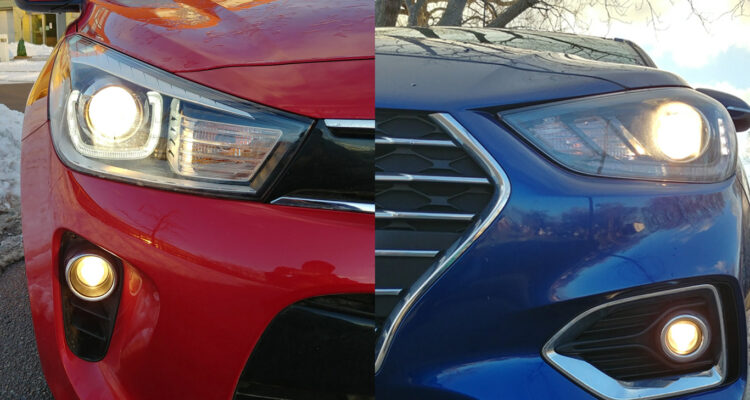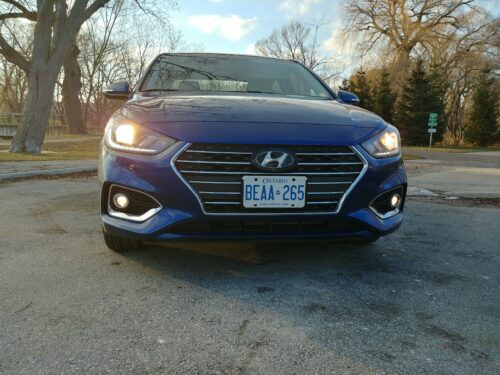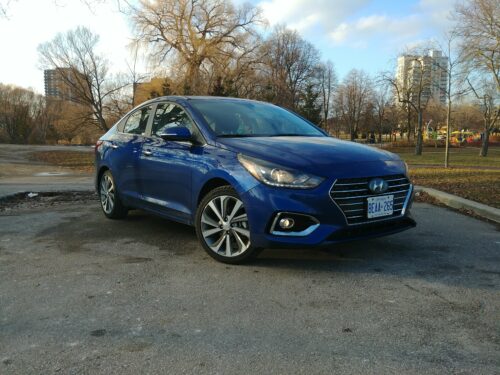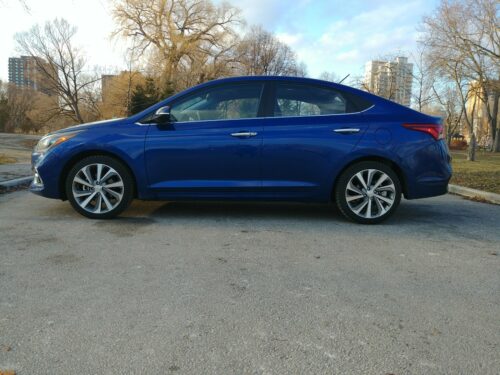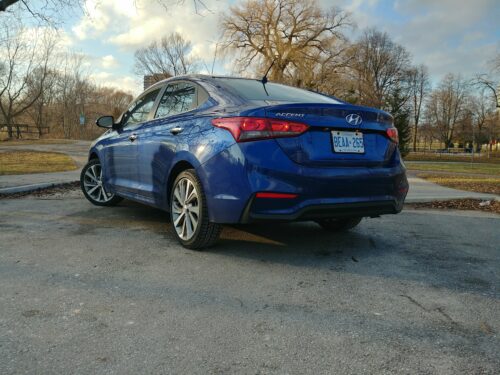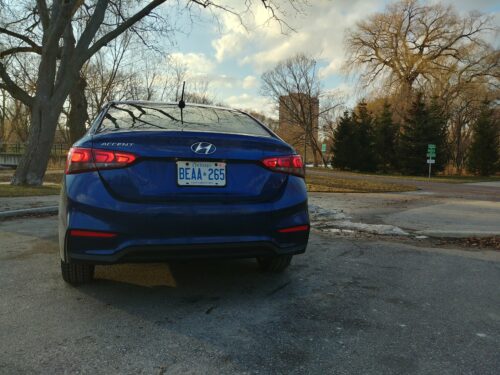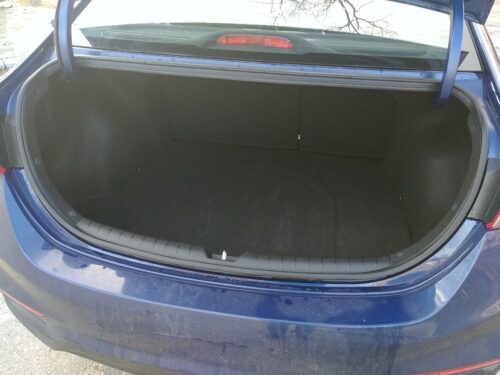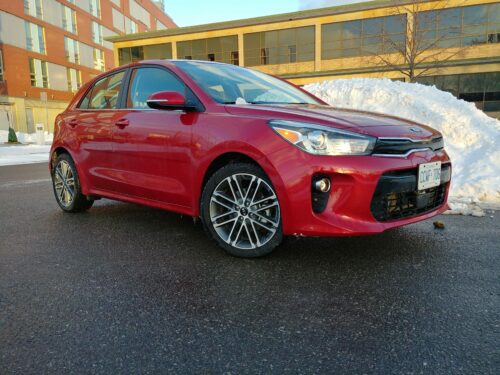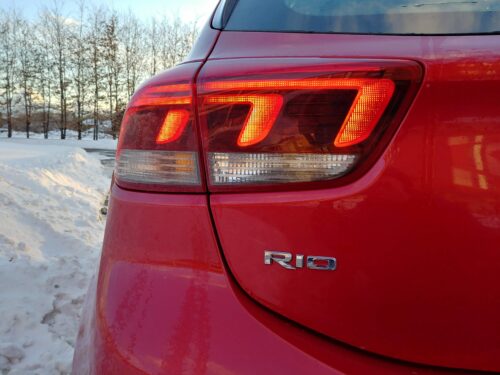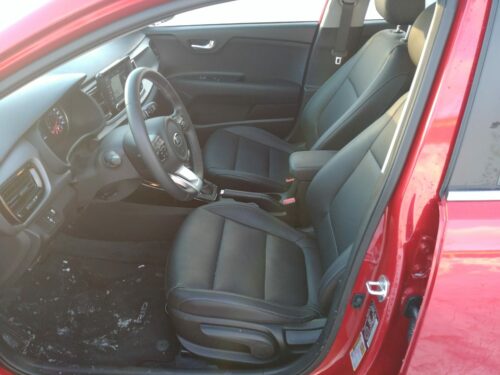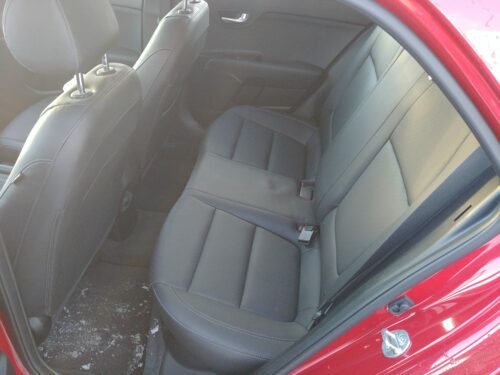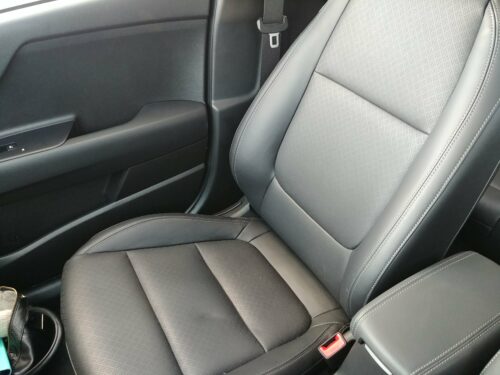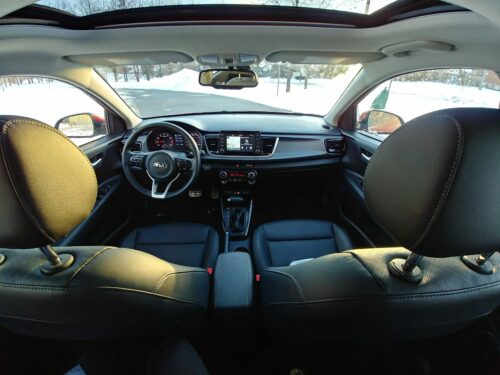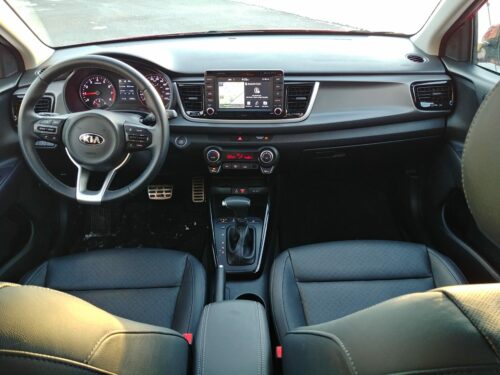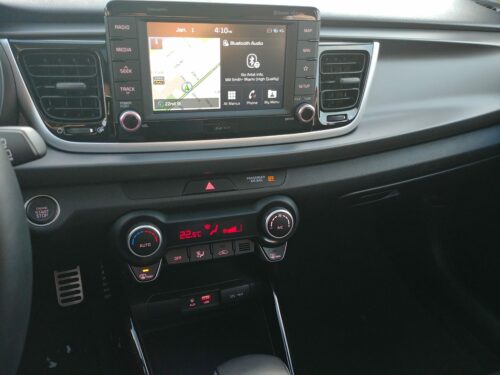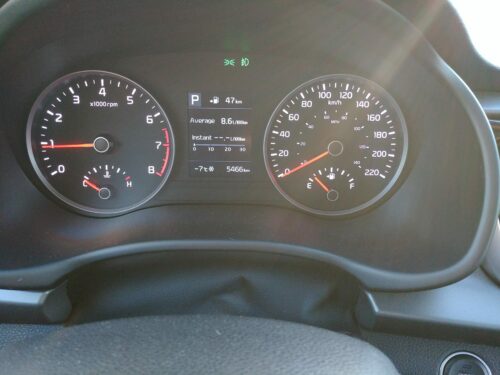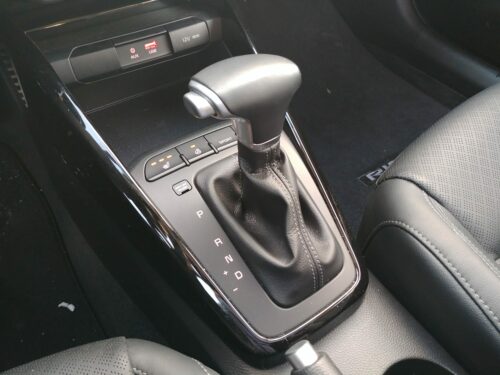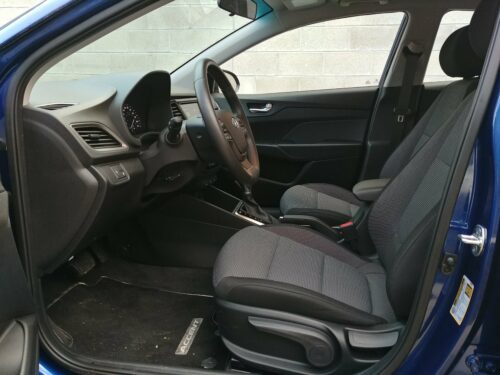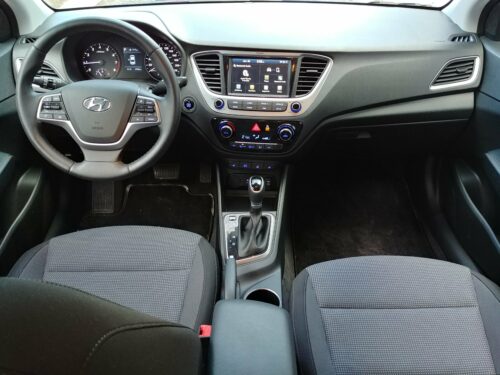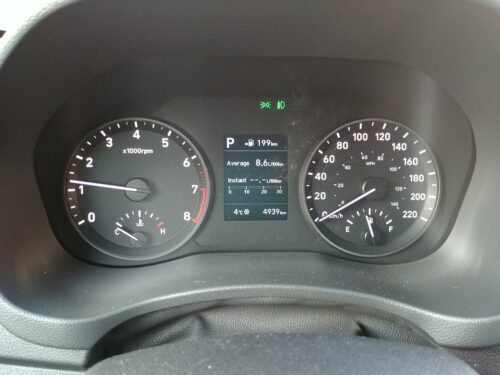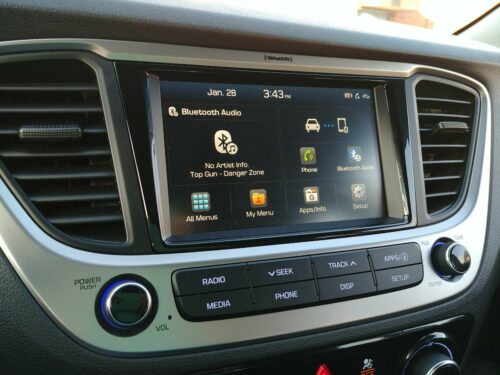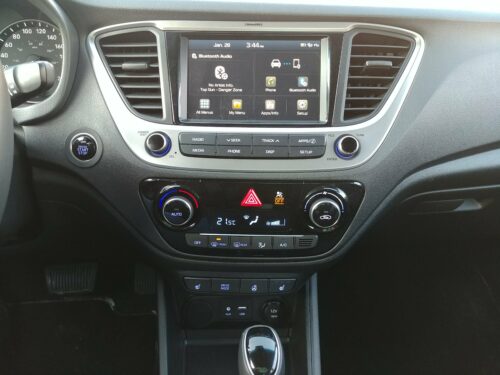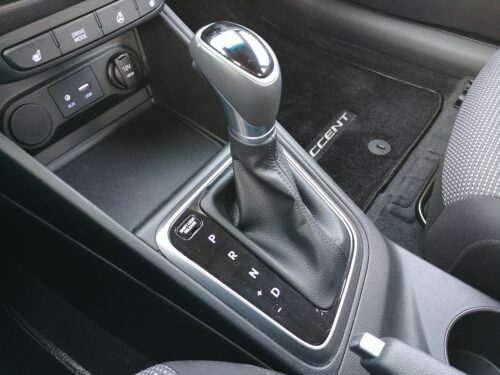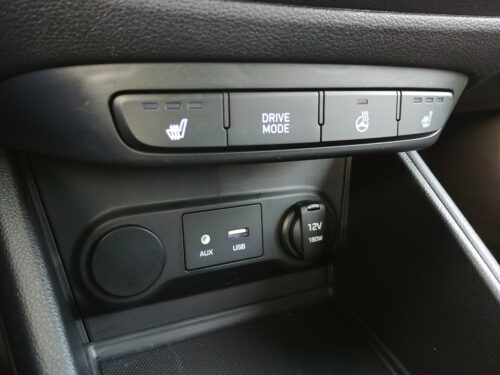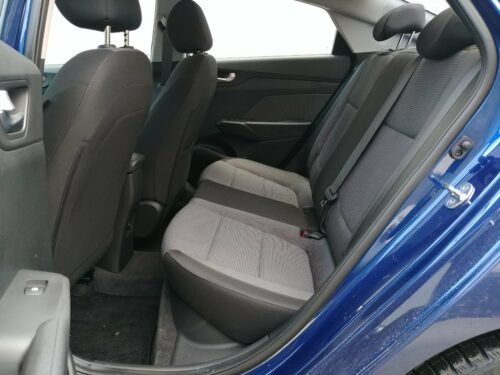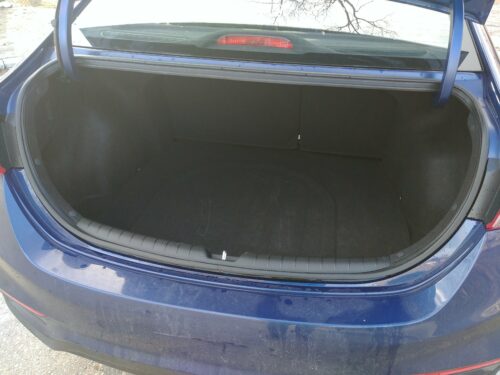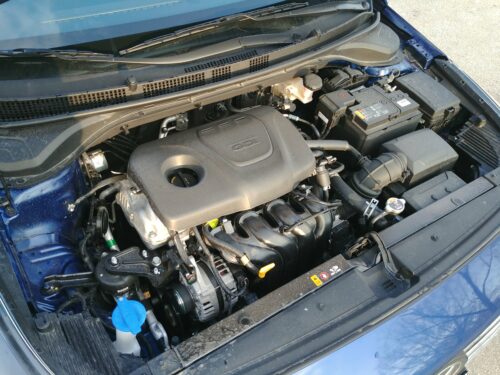The battle of the Korean sub-compact cousins is on and it’s intense. You might think that the 2018 Kia Rio and Hyundai Accent are virtually the same car, but with a different badge and in a way you are correct. But despite sharing many components, both cars have a different personality and driving demeanour.
In the red corner, weighing in at 1,203 kg, our five-door contestant proudly representing the sub-compact hatchbacks is the all-new 2018 Kia Rio.
In the blue corner, rated at 1,215 kg, the tiny sedan with one less door, but just as much personality is the equally new 2018 Hyundai Accent.
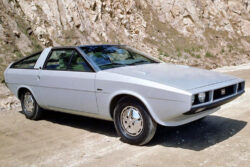
To be fair, the Accent’s had a few more decades than the Kia Rio to size up the North American market. In fact, its ancestor the Hyundai Pony, the car people loved to hate, landed in Canada in 1983. Does anyone remember the ItalDesign Giugiaro Pony Coupe Concept? Actually, maybe you don’t really want to. That was roughly 15 years before the Rio became a competitor on our nordic turf. In 1994, the much maligned Pony became the Accent, a name that has now been around for close to a quarter of a century.
In 2000, the Kia Rio was introduced as the cheapest mass-produced car on the American market. For almost 20 years now, the Rio and the Accent have been playing in the same sandbox and following a similar growth curve. Of course, the fact they are both from the same Korean family only adds to the intrigue.
For 2018, both models stepped into a new generation, fourth one for the little red, fifth one for the little blue.
Now the versions I drove of both the Rio and Accent were more expensive trim levels. Equipment was on par and overall quality was comparable. In that regards, the two were neck to neck.
But in this day and age, money will get you pretty much anything you want in a car. Neon pink Brembo calipers, mother-of-pearl side paneling, gold door handles, and a dancing Hawaiian dash ornament if you so wish. Ideally not all four at the same time and if you do, I’d like to interview you- we get it. If you are willing to spend a few grand extra, even your sub-compact, affordable Korean car will feel like a million bucks.
The comparison I really wanted to do, and the one that matters the most, in my opinion, is how the two models compare on entry-level equipment; at their most appealing price point. What does $14,000 get you? By doing this comparison, I noticed that Kia decided to drop the naked “I roll-down-my-windows-on-my-own” basic trim level and display a slightly higher starting price with more bang for your buck.
The notable features on 2018 Kia Rio include 15-inch steel wheels, power and heated sideview mirrors, automatic headlights, satellite radio, 5-inch display screen, Bluetooth connectivity, auxiliary and USB ports, wheel-mounted audio controls, keyless access, power windows, heated steering wheel and front seats, and rearview camera. Starting price tag is advertised at $14,999 for the five-door model, take $200 off if you prefer the sedan.
Now for the Accent, despite the all-new 2018 model having launched at the beginning of the year, the Hyundai website still advertises the 2017, and only the 2017, with a starting price of $13,999. According to Hyundai Canada, this is to ensure that all last-gen cars get sold to make space for the new generation Accent. I’m not sure what that says about the previous model when well into the new year, last year’s inventory is still being featured so prominently.
Hyundai, however, confirmed that pricing for the 2018 Accent will start somewhere around $14,499, which positions it much closer to the Kia Rio. If we look at the base model for the 2017 Accent, the tiny price gets you an equally small list of features that includes 14-inch steel wheels, AM/FM radio, CD/MP3 player, auxiliary and USB ports, and air conditioning.
Compared to the new 2018 Rio, the 2017 Accent has no heated mirrors, no satellite, no Bluetooth, no power windows, no keyless entry and no heated seats available with the base package. I wouldn’t even think twice before opting for the Rio.
That being said, I wouldn’t suspect the Accent to stay behind for long and I do hope to see a more generous menu of standard features available with the new model year. But until we get the facts from Hyundai, this point goes to the Rio.
Size-wise, the two Korean cousins are virtually identical for 2018. The exact same numbers are displayed for the wheelbase, legroom and cargo volume of the sedan versions. The Rio hatchback is slightly shorter than the five-door Accent meaning that the wheels are positioned towards the corners, which gives it a more aggressive stance. But if a longer body can slightly impede the handling, it presents a clear advantage in terms of space and true enough, the sub-compact Hyundai lists a staggering cargo volume of 616 litres versus 493 litres for its Kia counterpart. The Accent levels up.
The same similarities are found when you pop the hood: both cars are powered by a direct-injection 1.6L, four-cylinder engine rated at 130 horsepower and 119 lb-ft of torque, a step down from the previous generation. The Kia Rio offers a “Sport” mode that slightly – not dramatically – enhances the car’s performance and makes it a little more responsive, a feature not offered in the Accent.
I also noticed a difference in the handling and this is where the Rio’s shorter overall length pays off. The Accent didn’t feel as grounded and as aggressive as the Rio. Score a second point for the Kia over its main rival.
Despite an honourable performance in the size department, the 2018 Kia Rio wins this comparison test. The 2018 Hyundai Accent is certain to even the odds, but for now the Korean sub-compact champions belt belongs to Kia.
Related links:
Kia Canada
Hyundai Canada



